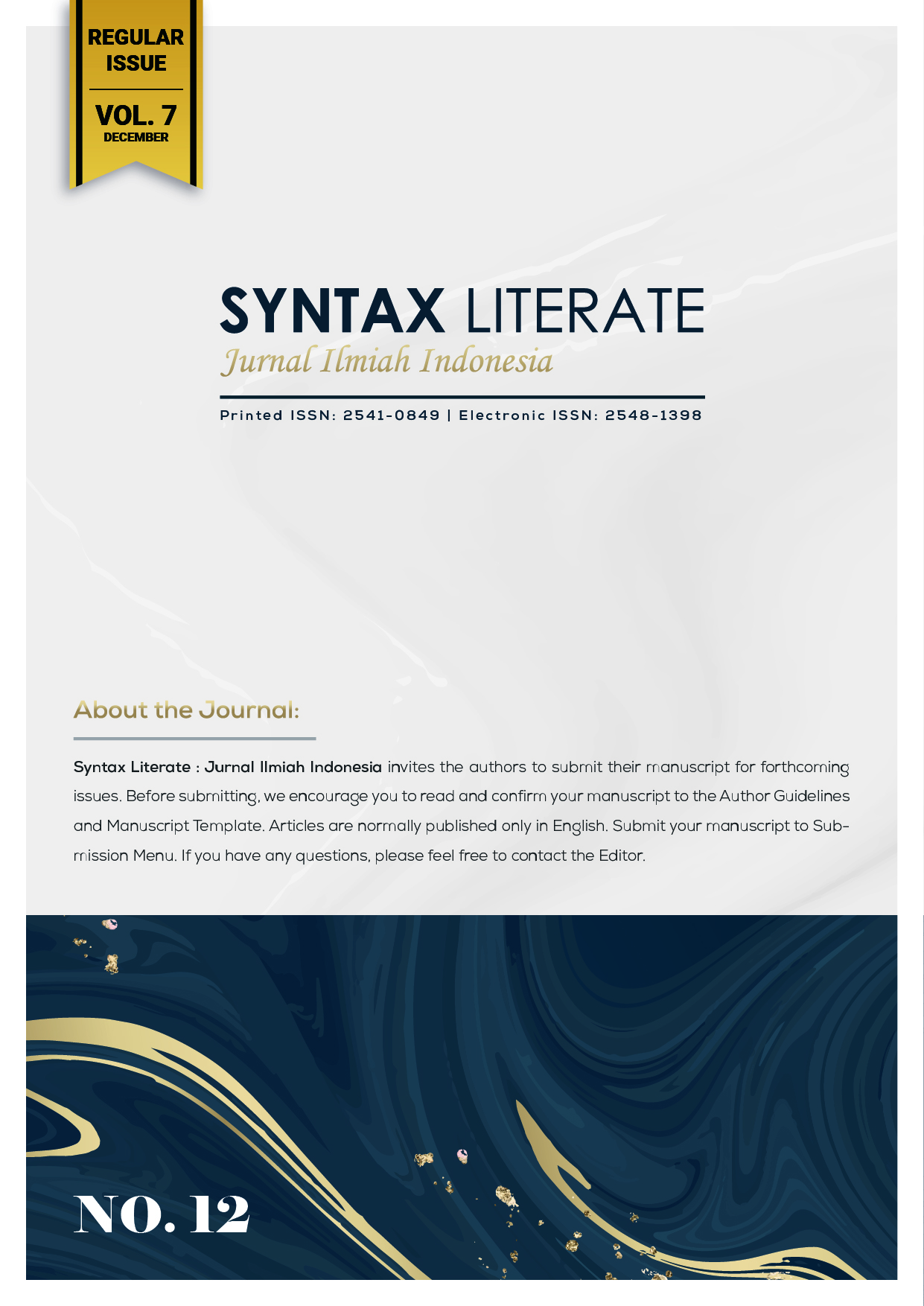Reactivation of Maculopapular Drug Eruption Lesions Suspected to be Caused by Allopurinol During 72 Hours-Patch Test: a Case Report
Abstract
Maculopapular drug eruption is a delayed-type T-cell-mediated hypersensitivity reaction to a drug that is most commonly encountered within one week of suspected drug exposure. Allopurinol is a drug that is often found as a cause of drug allergic eruptions. The drug patch test can be used to identify the causative agent of a drug eruption. A 56-year-old man came with the chief complaint of itchy red patches on his face, chest, back, hands and feet for the past two weeks. The patches appeared five days after the patient took allopurinol for his hyperuricemia. The patient was diagnosed with maculopapular drug eruption with suspected to be caused by allopurinol. Six weeks after the patient was free from any lesions and eligible, a patch test was performed but the results were negative in all chambers on all reading days. At 72 hours after the patch test, there was reactivation of the skin lesions which obscured the patch test results. Maculopapular drug eruptions can be triggered by drug metabolites or drug absorption from the patch test itself is sufficient to cause reactivation.
Downloads
References
Heelan K, Sibbald C, Shear NH. Cutaneous Reactions to Drugs. Dalam: Kang S, Amagai M, Bruckner AL, Enk AH, Margolis DJ, McMichael AJ, dkk., penyunting. Fitzpatrick’s dermatology. Edisi ke-9. New York: McGraw-Hill Education; 2019. h. 749–64.
Yawalkar Dr. N. Maculopapular drug eruptions. Karger. 2007; 2(2): 242–50. Google Scholar
Gaya ML, Akhyar G. Studi retrospektif erupsi obat alergik di RS dr. M. Djamil Padang periode Januari 2014 – Desember 2016. J Kesehat Andalas. 2018; 7(2): 51–3. Google Scholar
Mahajan VK, Handa S. Patch testing in cutaneous adverse drug reactions: Methodology, interpretation, and clinical relevance. Indian J Dermator Venereol Leprol. 2013; 79(8): 836–41. Google Scholar
Lazzarini R, Duarte I, Ferreira AL. Patch tests. An Bras Dermatol. 2012; 88(6): 879–88. Google Scholar
Barbaud A. Drug patch testing in systemic cutaneous drug allergy. Elsevier. 2005; 209(12): 209–16. Google Scholar
Salman A, Yucelten D, Cakici OA, Kadayifci EK. Acute generalized exanthematous pustulosis due to ceftriaxone: Report of a pediatric case with recurrence after positive patch test. Wiley Period. 2019; 36(5): 514–6. Google Scholar
Córdoba S, Navarro-Vidal B, MartÃnez-Morán C, Borbujo J. Reactivation of Skin Lesions After Patch Testing to Investigate Drug Rash With Eosinophilia and Systemic Symptoms (DRESS) Syndrome? Actas Dermosifiliogr. 2016; 107(9): 781–98. Google Scholar
Shalom R, Rimbroth S, Rozenman D, Markel A. Allopurinol-Induced Recurrent DRESS Syndrome: Pathophysiology and Treatment. Ren Fail. 2008; 30(3): 327–9. Google Scholar
Stern RS. Exanthematous Drug Eruptions. N Engl J Med. 2012; 366(26): 2492–501. Google Scholar
Wolff K, Johnson RA, Saavadra AP, Roh EK. Exanthematous Drug Reactions. In: Edmonson K, penyunting. Fitzpatrick’s Color Atlas and Synopsis of Clinical Dermatology. 8th ed. New York: McGraw-Hill Education; 2017. h. 494–5.
Yunihastuti E, Widhani A, Karjadi TH. Drug hypersensitivity in human immunodeficiency virus-infected patient: challenging diagnosis and management. apallergy. 2014; 4(1): 55–67. Google Scholar
Barbaud A, Collet E, Milpied B, Assier H, Staumont D, Avenel-Audran M, dkk. A multicentre study to determine the value and safety of drug patch tests for the three main classes of severe cutaneous adverse drug reactions. Br J Dermatol. 2013; 168(5): 555–62. Google Scholar
Aquino MR, Sher J, Fonacier L. Patch Testing for Drugs. Dermatitis. 2013; 24(5): 205–14. Google Scholar
Wibisono Y, Damayanti. Skin Test for Cutaneous Adverse Drug Reactions. Berk Ilmu Kesehat Kulit Kelamin. 2020; 32(1): 62–9. Google Scholar
Teo YX, Ardern-Jones MR. Reactivation of Drug Reaction with Eosinophilia and Systemic Symptoms (DRESS) with Ranitidine Patch Testing. Chem. 2007; 107(2): 2411–502. Google Scholar
Fatangarea A, Glassner A, Sachs B, Sickmanna A. Future perspectives on in-vitro diagnosis of drug allergy by the lymphocyte transformation test. J Immunol Methods. 2021; 495(11): 1–7. Google Scholar
Strazzula L, Pratt DS, Zardas J, Chung RT, Thiim M, Kroshinsky D. Widespread Morbilliform Eruption Associated With Telaprevir Use of Dermatologic Consultation to Increase Tolerability. JAMA Dermatol. 2014; 150(7): 756–9. Google Scholar
Wolf K, Johnson RA, Saavedra AP, Roh EK. Adverse Cutaneous Drug Reactions. In: Fitzpatrick’s Color Atlas and Synopsis of Clinical Dermatology. Edisi ke-8. New York; 2017. h. 489–512.
Hoetzenecker W, Nägeli M, Mehra ET, Jensen AN, Saulite I, Schmid-Grendelmeier P, dkk. Adverse cutaneous drug eruptions: current understanding. Semin Immunopathol. 2015; 281(15): 540–12. Google Scholar
Caplan A, Fett N, Werth V. Glucocorticoids. In: Kang S, Amagai M, Bruckner AL, Enk AH, Margolis DJ, McMichael AJ, dkk., penyunting. Fitzpatrick’s dermatology. Edisi ke-9. New York: McGraw-Hill Education; 2019. h. 3382-94. Google Scholar
Copyright (c) 2022 Triasari Oktavriana, Irene Ardiani Pramudya Wardhani

This work is licensed under a Creative Commons Attribution-ShareAlike 4.0 International License.











